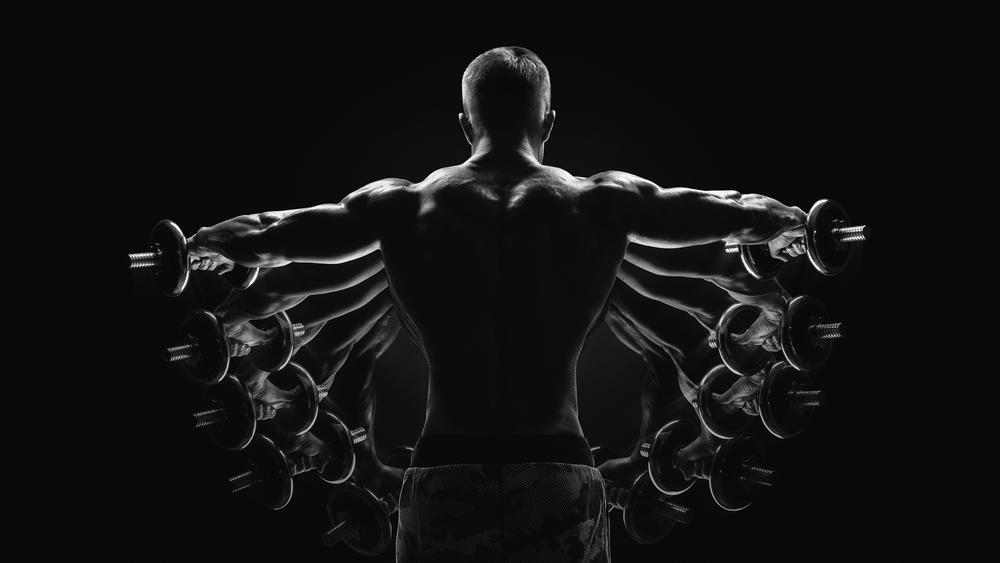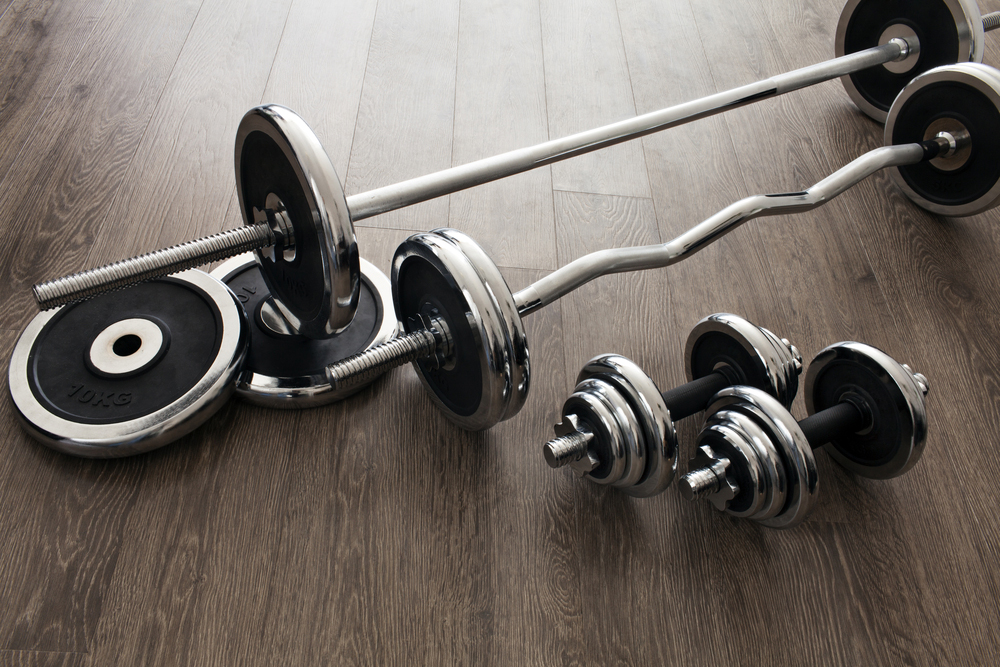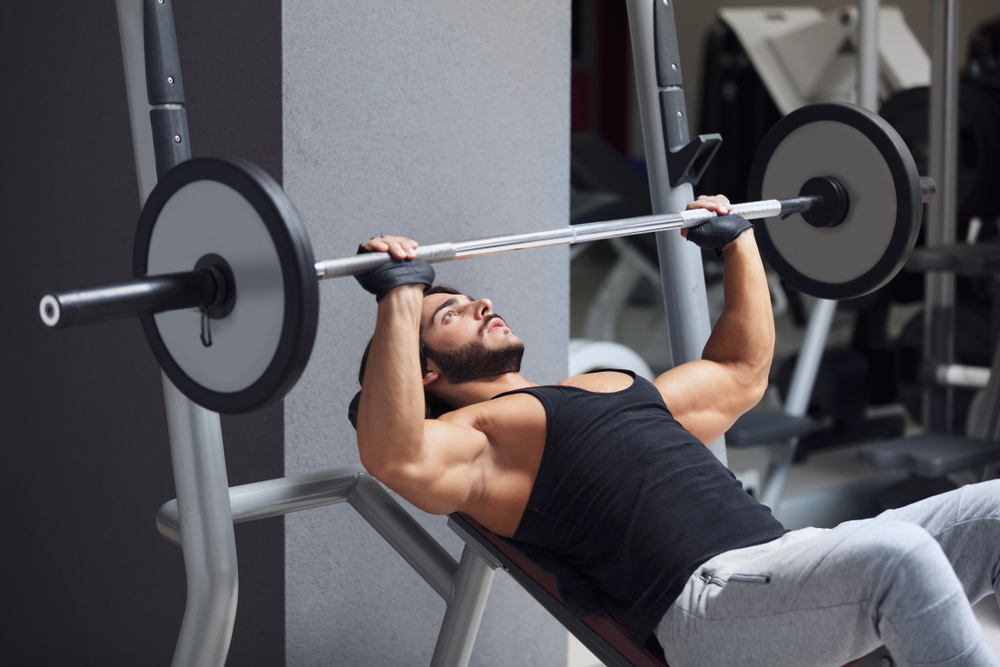These are the three components of your workouts. When it comes to building strength and muscle mass, the intensity component is the most important because the quality of your workouts depends on it. Increasing the number of sets, exercises, sessions corresponds to an increase in frequency and volume, the quantitative components.
However, this does not necessarily improve the performance of your training. It is therefore advisable not to increase the frequency and volume of your training sessions if this would have a negative effect on the achievement of your objectives. The ideal is to balance the three components. If you increase one, you will be forced to reduce the other two.
Maximum Volume Recoverable (MVR)
In a few words, this is the quantitative threshold for each individual, beyond which you no longer have a return on your training investment. Literally, MVR means the maximum recoverable work volume. So if you exceed this threshold, you will be overtraining and will only get tired.
As well as being individual, the MRV also depends on the exercises you choose. For example, push-ups, squats, deadlifts, pull-ups and dips put a lot of strain on the muscles and the brain. They are therefore more tiring and have a low MRV.
Nevertheless, experiments show that these exercises do allow for muscle growth and strength improvement compared to other types of training. In other words, for the same amount of work, they represent more intensity. The hypertrophic impact per unit of effort is greater.
This makes their MRV low. As a result, one cannot increase the volume of one's exercises indefinitely at the risk of injury or worse.
This does not mean that isolation exercises such as the thigh press or leg extension are better because you can do a lot of them. No, you can do more of these higher MRV exercises if you abandon the basic exercises like squats, deadlifts and the like.
As a result, you have a less demanding and less profitable workout. In other words, you have to spend more time on them while the return on your muscles remains low.
Which exercises to choose?
To get a good return on your investment, you must carefully select your exercises, taking into account the three components: frequency, volume and intensity.
The explanation of the MRV above implies that if you invest time in compound exercises such as bench presses, squats, deadlifts and pull-ups, you won't need to spend as much time on the other isolated exercises.
This is because with these basic exercises covering a large number of muscle chains, the MRV of each individual muscle is already impacted.
For example, many athletes no longer need to work specifically on their arms with curls or two-set extensions because they are investing in pull-ups and dips.
Local and systemic LWA
You should consider your LWA at two levels. At the local level it is the maximum amount of work a muscle group can handle. At the systemic level, it is the maximum workload that the body can handle.
Do not make the mistake of thinking that the systemic MRV is the sum of the local MRVs. In fact, the systemic MRV depends more on the nervous system and the hormonal system. In concrete terms, if you think you are training each muscle group in isolation to have good overall muscle development, you are mistaken. This will lead you straight to overtraining.
On the other hand, you can use isolation exercises if you feel a delay on certain muscle groups. But at the same time, you must decrease the volume of work on the other groups to balance them out.
A little allegory to understand it all!
In this age of technology and multimedia, it's hard not to make a parable about social networks. So think of your body as the battery in your mobile phone. And think of the different muscle groups as your apps: pecs for Instagram, thighs for WhatsApp and back for Facebook.
When all your apps are off, your battery life is at its maximum. If you turn an app on all the time, your battery life will probably decrease a bit. But if you turn them all on constantly, your battery life will only last for a short time.
Well, your muscle groups work the same way. If you choose to train one muscle group at its MRV, you will be forced to reduce the volume of other exercises, i. e. spend less time on the other applications. If you want to do isolated exercises for each at the same volume, you have to decrease the volume of each (spend less time on each application). Otherwise, you will reach the overtraining point (empty battery) in no time.








